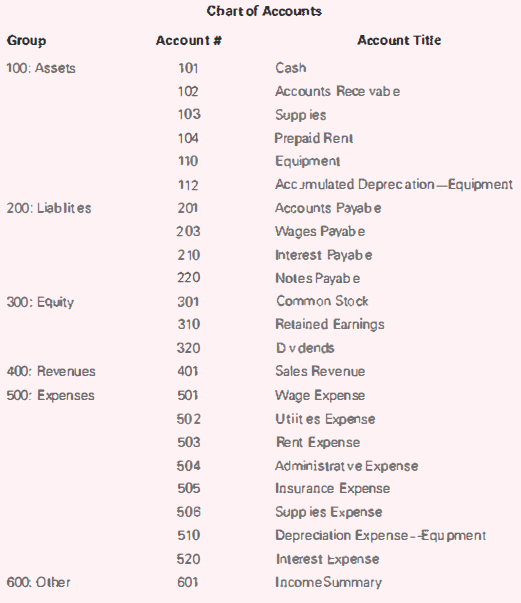Tides Tea Company began operations on January 1, 2018. During the first year of business, the company
Question:
Tides Tea Company began operations on January 1, 2018. During the first year of business, the company had the following transactions:
• January 18: The owners invested $200,000 (the par value of the stock) into the business and acquired 40,000 shares of common stock in return.
• February 1: Tides bought factory equipment in the amount of $45,000. The company rook out a long-term note from the bank to finance the purchase.
• February 28: The company paid cash for rent to cover the 12-month period from March 1, 2018, through February 29, 2019, in the amount of $27,000.
• Match 1: Tides purchased supplies in the amount of $28,000 on account.
• March 22: Tides recorded sales revenue in the amount of $120,000. Half of this amount was received in cash and half was paid on account. Ignore cost of goods sold.
• May 1: Tides received cash payments 10 pay off all the customer accounts.
• May 29: The company paid wages of $34,000 in cash.
• July 12: Tides recorded sales revenue in the amount of $180,000, all of which was paid in cash. Ignore cost of goods sold.
• July 31: Tides paid $3,200 cash for interest on the note taken out on February 1.
• August 8: Tides paid off the balance owed to a supplier for the purchase made on March 1.
• September 1: Tides paid $6,000 cash for utilities.
• October 14: Tides paid wages of $24,000 in cash.
• November 10: Tides recorded sales revenue in the amount of $218,000. One payment of $100,000 was received in cash; the remainder of this balance was sold on account. Ignore cost of goods sold.
• December 31: Tides declared and paid a $25,000 dividend.
The chart of accounts used by Tides Tea Company is as follows:

Required
a. Journalize the transactions for the year. Omit explanations.
b. Post the journal entries to the general ledger.
c. Prepare an unadjusted trial balance as of December 31.
Par value is the face value of a bond. Par value is important for a bond or fixed-income instrument because it determines its maturity value as well as the dollar value of coupon payments. The market price of a bond may be above or below par,...
Step by Step Answer:

Intermediate Accounting
ISBN: 978-0134730370
2nd edition
Authors: Elizabeth A. Gordon, Jana S. Raedy, Alexander J. Sannella





